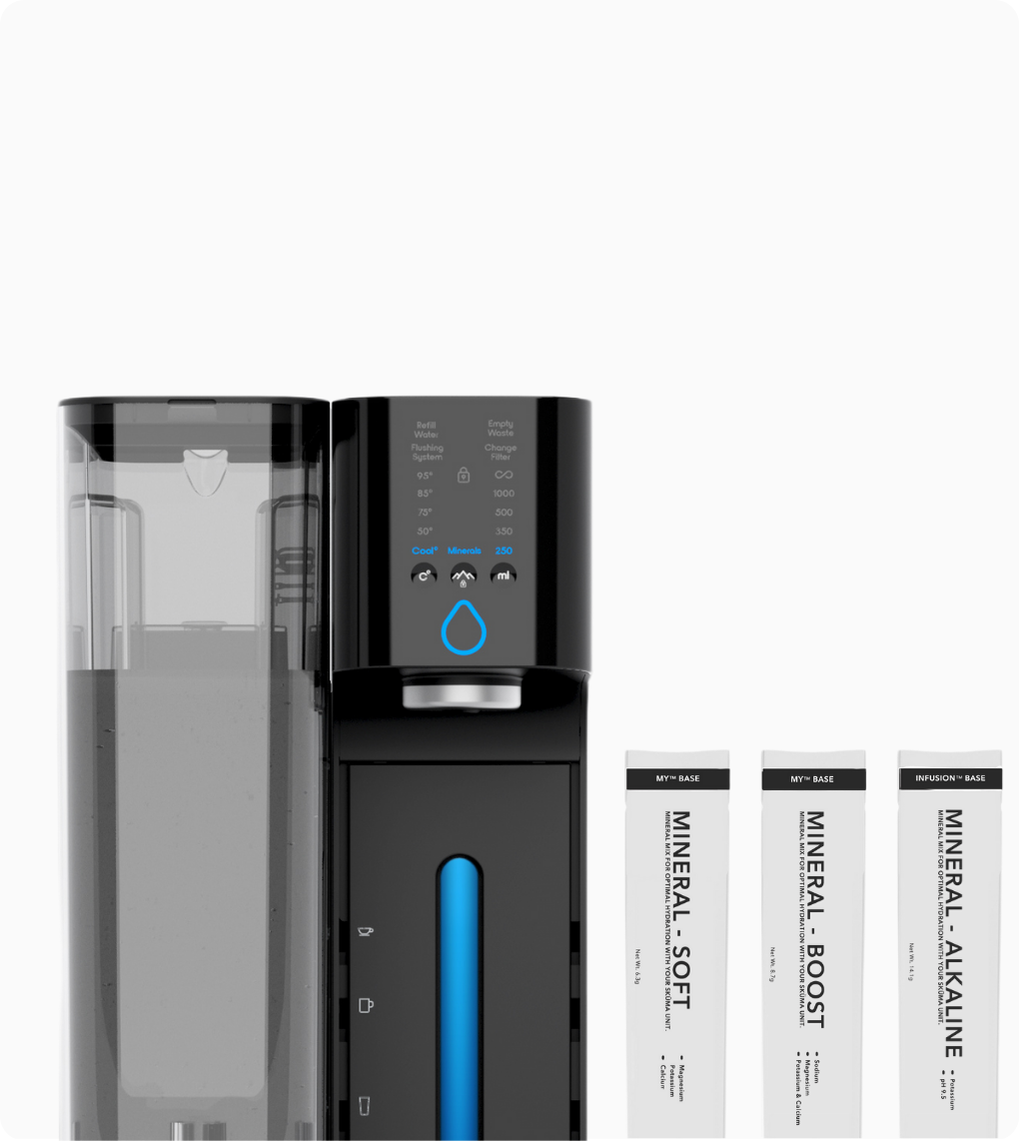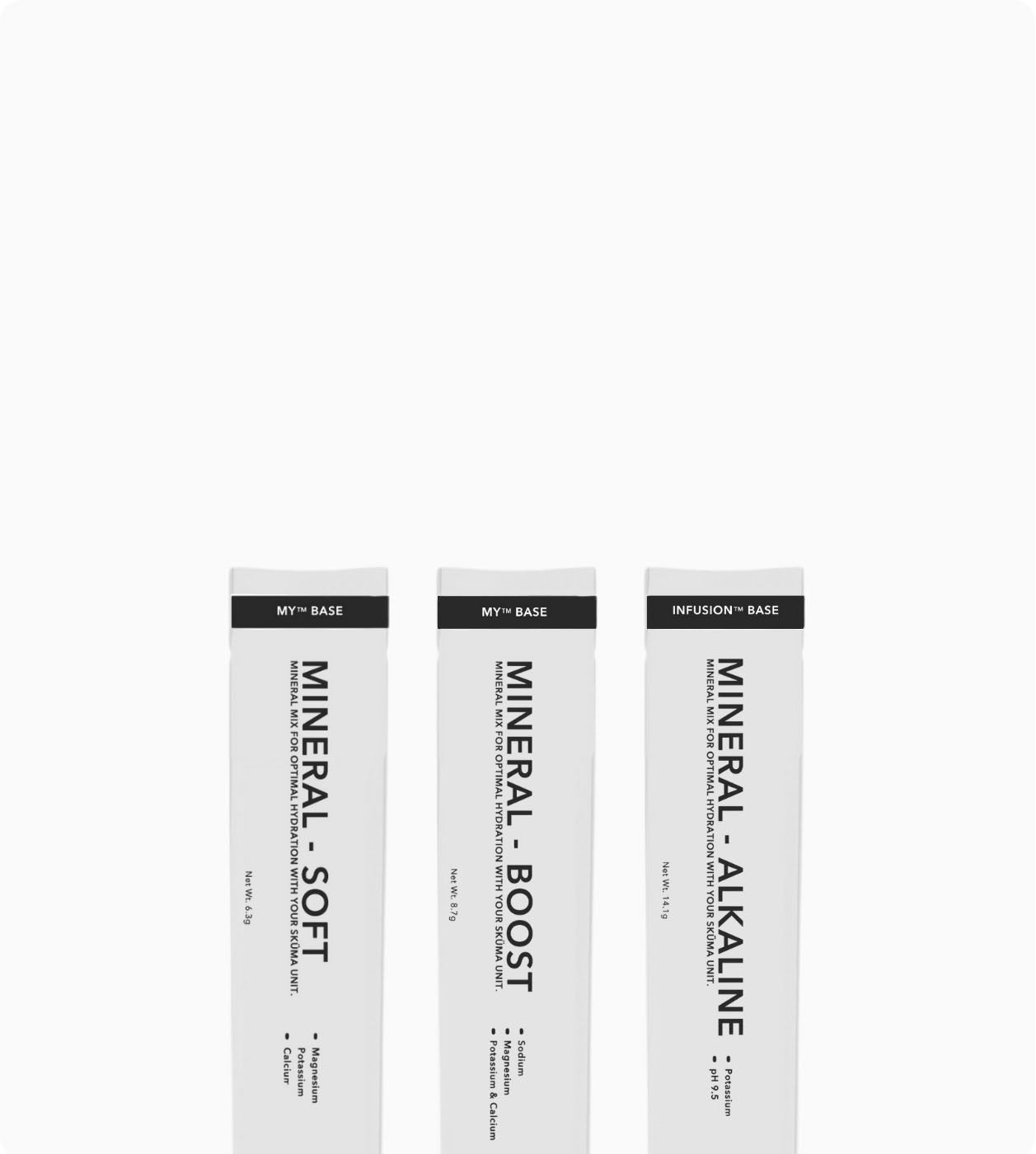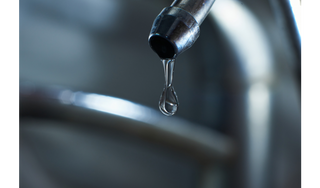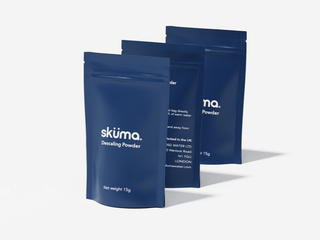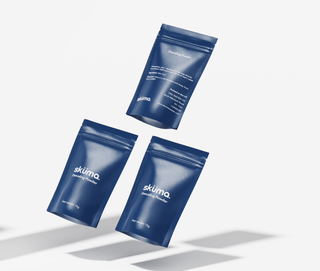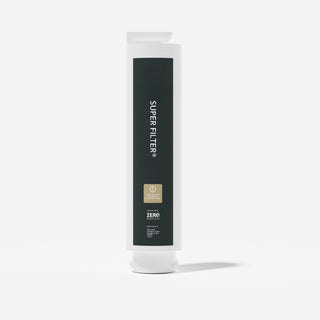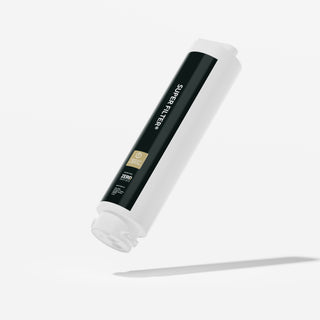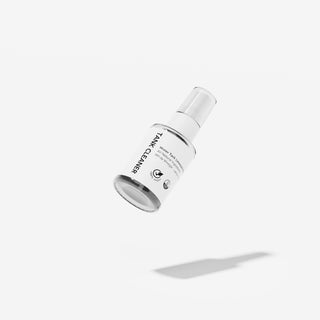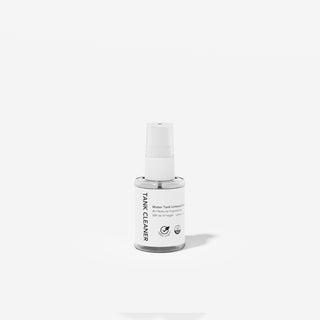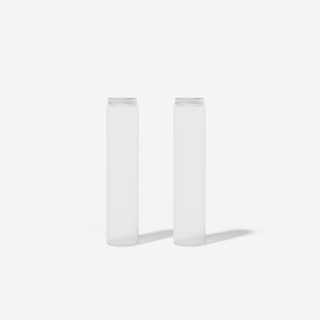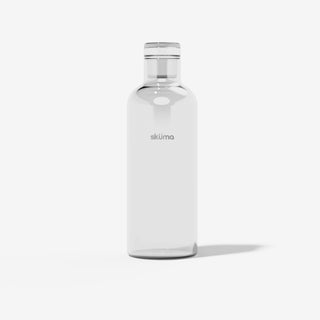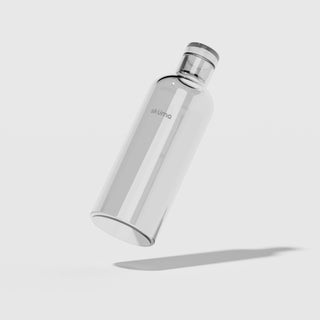Are you wondering what reverse osmosis is and if you even need it for your home?

What is Reverse Osmosis?
Reverse Osmosis is widely regarded as one of the most advanced water purification techniques known to man and second only to distillation. Reverse osmosis or RO is a process developed in the 50’s using a partially permeable membrane to remove ions, unwanted molecules and larger particles from drinking water. This advanced technology is mostly used in desalination plants around the world to transform seawater into water that can be used for consumption, irrigation and industrial purposes. For a successful reverse osmosis system to operate, two main elements are needed: a Reverse Osmosis membrane and enough pressure to drive the water through the membrane.
-
The reverse osmosis membrane is a tightly rolled cylindrical filter made of 3 layers of material: a TFC membrane, which filters the impurities, a Feed spacer which to enhance mixing during filtration, and finally a Tricot layer to help the proper purification of the water.
-
The pressure required to produce RO water, commonly referred to as osmotic pressure is usually anywhere between 30psi (2 bar) to 130psi (9 bar) depending on the membrane used.
Water that has passed through reverse osmosis is highly purified, containing just 10% of the original Total Dissolved Solids (TDS), which refers to the amount of minerals or impurities present in the water. The pore size in the reverse osmosis membrane is around 0.0005 micron, which means that the system can even remove bacteria and viruses from the water, which traditional filtration methods like carbon filtration used by Brita does not.
There are generally two types of reverse osmosis systems. Domestic systems are the reverse osmosis systems used at home for personal use. Several different types of these systems exist, and an in depth analysis is offered below. It is important to mention that most of these systems are composed of more than just a reverse osmosis membrane. Usually there are 2 other filters that help prolong the life span of the RO membrane. The first filter is usually a Sediment Filter that needs to be replaced every 6 months. The second filter is a Carbon Filter that also needs to be replaced every 6 months. Finally the last filter is the Reverse Osmosis Membrane to be replaced every 6 months to 12 months depending on consumption.

What is reverse osmosis water used for:
Pros
-
Unmatched water purity
-
Can be used in any country - best technology currently available for water purification
Cons
-
Creates waste water - It is important to mention that for every litre of water processed by the system, it will produce only 500-750ml of purified RO water - the remainder highly concentrated water goes down your drain. This is a problem all reverse osmosis systems are confronted with and is a drawback of the technology.
-
Relatively slow process - Depending on the system, the flow rate can rage anywhere from 200mL/min to 1L/min.
-
Demineralised water - Many studies suggest that completely “pure” or demineralised water should not be consumed by humans or even plants since it will promote the depletion of essential minerals the body needs to function. However many experts also argue that there is no long term side effects of drinking demineralised water.
1. Below-counter RO System

In simple terms, under the sink (counter) installations require the system to be plumbed in directly with your tap water supply. These systems are not usually too hard to install for a certified plumber and takes on average between 20 to 40 minutes. Once installed, these systems are good to go for years or even decades.
Brands like the Finerfilters Domestic Reverse Osmosis Unit have been around for over 30 years and have been getting good reviews by customers even since they started. These types of reverse osmosis systems of home offer very high availability of RO water since the water is stored in a 12 liter tank. The water is then just dispensed directly from this tank to your glass or cup.
Price
-
£120 - £250
Pros
-
Low maintenance over time - only regular cartridge change is required ( 3 filters every year).
-
High capacity - up to 12L can be dispensed at a time
Cons
-
Hard to install - Requires the assistance of a plumber
-
High levels of waste water - usually 30% of the water produced
2. Countertop RO System

Generally, countertop Reverse Osmosis systems are much more convenient than under sink systems for one simple reason. No installation is required for the system to operate. When the user wants to use the device he must first of all fill the Storage tank to the required limit. The user is also required to install the filters before starting the device. Usually, these systems are equipped with the 3 filter slots mentioned earlier (3 stage RO systems) .
The Osmio Zero, however is made of 4 filter slots (4 stage RO system). The first stage is a Sediment filter (located in the 5L Storage Tank), the second stage is a Carbon filter (located at the back of the device), then comes the Reverse osmosis membrane (also located at the back of the device) and finally an Antibacterial post filter (located at the back of the device). The Osmio shown above is a very good example of how this technology can be used for your daily water needs. The company has been selling their device for several years now and almost 40 reviews on Amazon.co.uk This countertop system has a 5 litre water tank and doesn’t need any installation. OSMIO Zero also recovers around 80% of the water, resulting in less waste than traditional systems. It even allows you to dispense hot water at the push of a button!
Price
-
£399-£550
Pros
-
High recovery rate - only 20% of the water produced is wasted as waste water
-
Easy to install - virtually no installation required
Cons
-
Small capacity - up to 2L can be dispensed at a time (intermediary tank can hold 2L at a time).
-
Tank requires emptying - Need to empty the tank after each cycle to throw away the waste water.
-
Filter change complexity - Sediment needs changing every 6 months, Carbon filter need changing every 6 months and the Reverse Osmosis membrane needs changing every 12 months.
3. Countertop + mineralisation RO system

There has been several remineralising reverse osmosis systems that have appeared on the market in the last couple of years. These systems are unique in their ability to filter tap or untreated water using reverse osmosis and then add a specific amount of minerals or even vitamins back into the water. Why minerals you might ask? Well, the minerals makes the water taste much smoother and is healthier for you. These systems are very sought after, especially for coffee and tea experts who want to brew a specific cup of coffee or tea.
The most prominent system is the Skuma system that offers many different features that traditional systems do not. First of all the system is a compact countertop device which means no installation is required. Secondly, the system promotes an 85% efficiency rate when it comes to purified water production (vs about 25% for current systems). Lastly, the waste water is actually collected in a separate container and gets transformed into "plant water" ideal for all your house plants
Price
-
£425
Pros
-
High recovery rate - 85% purified water production efficiency
-
Easy to install - virtually no installation required
-
Minerals added - a combination of naturally sourced magnesium, potassium and other electrolytes are added directly into the purified water
-
Super-filter - the system promotes a single filter that requires change only once a year, making the device one of the most user friendly currently on the market.
Cons
-
Plant water requires regular emptying so make sure to buy lots of plants!
Conclusion
To summarise, there are 3 different types of Reverse Osmosis systems:
-
Below the counter system
-
Countertop system
-
Countertop + mineralisation system
The first category is the most common reverse osmosis system since it is the oldest and simplest design. Although the making of these installations are simple, they are usually not user friendly due to their installation that has to be done by a professional. This is where the second category comes in play. Countertop Systems do not require any installation and are « plug & play ». These systems are generally very efficient and convenient for users. The last category are Countertop and mineralisation systems. These systems not only purify the water but add specific elements such as minerals and vitamins to the water. Recreating the exact composition of spring water brands like Evian or Volvic. The Skuma system is a great example of how a simple technology can have a big impact in users. Additionally, the Skuma system can also be used to water your plants, click here to learn how!


